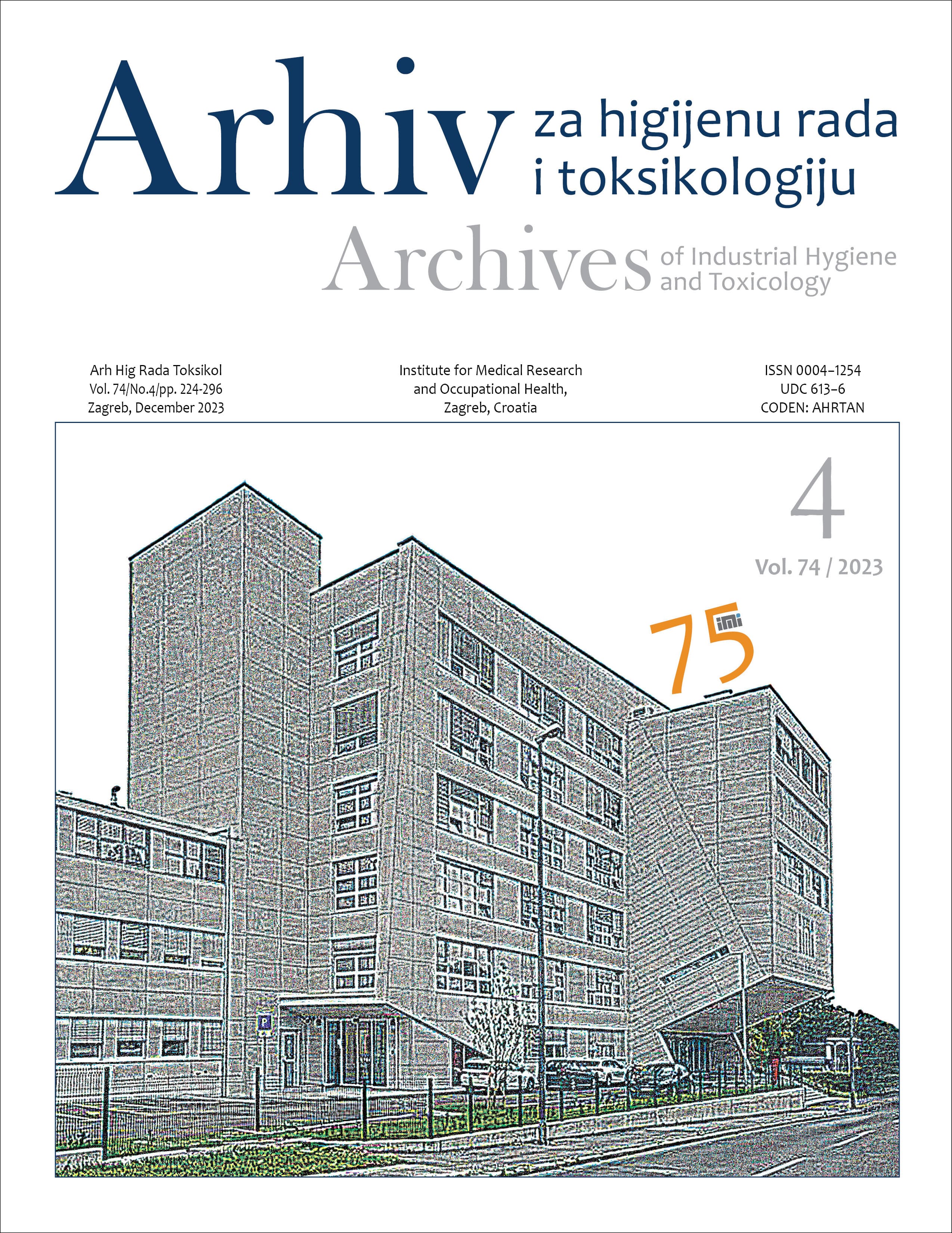UVC-LED-based face mask design and efficacy against common germs
DOI:
https://doi.org/10.2478/aiht-2023-74-3766Keywords:
antibacterial mask, A/Puerto Rico/8/1934 influenza virus, corona virus, COVID-19, P. aeruginosa, protective mask, public health, S. aureusAbstract
During the Covid-19 pandemic, one of the best means of personal protection was using face masks. In this context, the World Health Organization has declared the attempts to produce masks inactivating airborne virus species a welcome initiative. This preliminary study aimed to prove that airborne germs passing through a mask filter cartridge can be destroyed by the rays emitted from UVC LEDs placed in such cartridge. We therefore designed such a face mask and tested the efficiency of UVC LEDs placed in its cartridge against common contaminants, gram-positive Staphylococcus aureus, gram-negative Pseudomonas aeruginosa, and the influenza A/Puerto Rico/8/1934 virus because of its similarity with SARS CoV-2. Eight UVC LEDs with a total power of 75 mW provided sufficient germicidal effect for all three germs. In terms of safety, ozone production released during UVC LED emission was negligible. Our findings are promising, as they show that well-designed UVC-based face masks can be effective against airborne germs, but further research on a greater sample may help us learn more and optimise such face masks.














